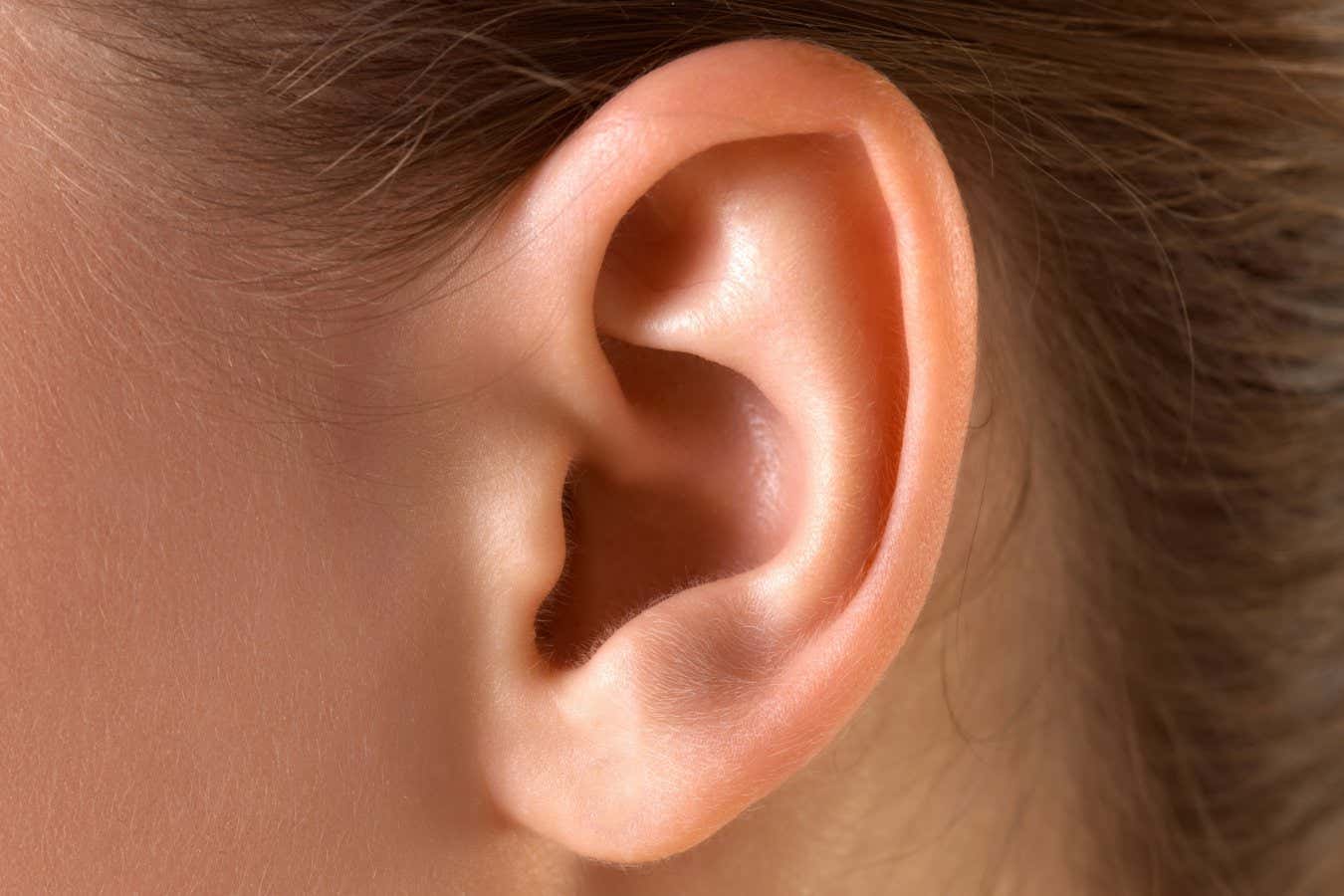A muscle that we thought served no purpose beyond enabling some people to wiggle their ears is actually active when we are trying hard to listen
By Carissa Wong
31 January 2025
Some people can wiggle their ears using ancient muscles
Shutterstock
A “useless” muscle that allows some people to wiggle their ears actually activates when we strain to hear something.
Our ape ancestors lost the ability to pivot their ears when they diverged from monkeys millions of years ago, but some of the muscles and brain neurons that underpin this trait remain in humans today.
Read more
A new understanding of tinnitus and deafness could help reverse both
Advertisement
Many scientists have assumed that these so-called auricular muscles are obsolete, even if they do enable ear wiggling. But in 2020, Daniel Strauss at Saarland University in Germany and his colleagues found that they actually become activated in response to hearing sounds from different directions, prompting them to wonder whether this also happens when people are concentrating on listening.
To explore this, the researchers got 20 people with typical hearing, all aged between 22 and 37, to take three hearing tests of varying difficulty. They all involved focusing on a 5-minute audiobook clip narrated by a female voice while skin sensors measured electrical activity in their auricular muscles.
In an easy test, the researchers quietly played a podcast hosted by a male voice at the same time as the audiobook. In a medium-difficulty task, they added a quiet clip of a female voice, similar to the one in the audiobook, to the set-up. In the hardest test, both background clips were made louder.
